- Do not be put off by physical activities they will not cause another stroke but if the person has any concerns, check with a doctor. Their GP or Physiotherapist may be able to suggest physical activity which suits any physical limitations they have.
- Being physically active helps to reduce the risk of further stroke.
- Physical activities can usually be adapted to make them easier or harder as the person improves. For example walking can be used as therapy but it can also be for pleasure once they can walk safely in a picturesque location.
- Physical activities should allow the person to raise heart rate a little so they feel warmer and increase breathing slightly.
- Some physical activity can be done indoors or outdoors. They do not necessarily have to go to the expense of joining a gym. It costs nothing to start off by going for a walk with a friend.
- Adult education classes, local community centers and other public amenities such as church halls often have clubs or physical activities during the day or in the evenings.
- If they are new to an activity it is usually best to have some instruction ( for Tai Chi or Yoga for example.)
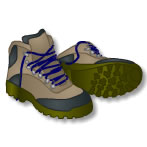 Walking – distance, uphill, short or long walks Walking – distance, uphill, short or long walks |
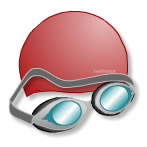 Swimming/ aqua fit Swimming/ aqua fit |
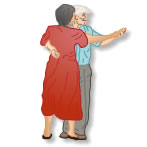 Dance classes Dance classes |
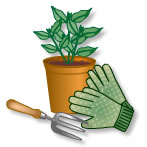 Gardening/ potting plants Gardening/ potting plants |
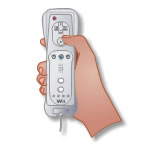 Wii games/Wii fit programmes * Wii games/Wii fit programmes * |
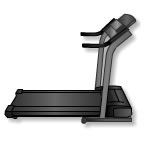 Supervised gym classes Supervised gym classes |
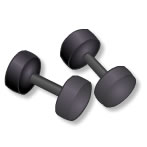 Low level weight training Low level weight training |
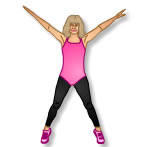 Keep fit Keep fit |
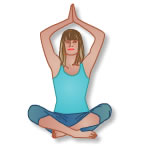 Yoga/Pilates Yoga/Pilates |
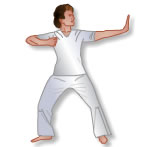 Tai chi Tai chi |
*Wii games can be used alone or as a competition with others. The person is less likely to get bored. Games can be played sitting down. Games can be used as a repetitive exercise and are suitable for all ages.
In some areas of Scotland, local leisure centre staff have been trained to support stroke patients back in to excercise programmes after their hospital or community rehabilitation has ended. Referrals are made by physiotherapists, medical staff or stroke nurses. Excercise sessions can either be individual or in small groups. As the person becomes fitter and more confident using gym equipment, they can then use the gym facilities on their own to keep fitness level up. For more information see the Exercise After Stroke website.
For more information on Keeping Active visit: CHSS: Living Well/Keeping Active